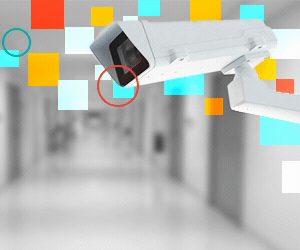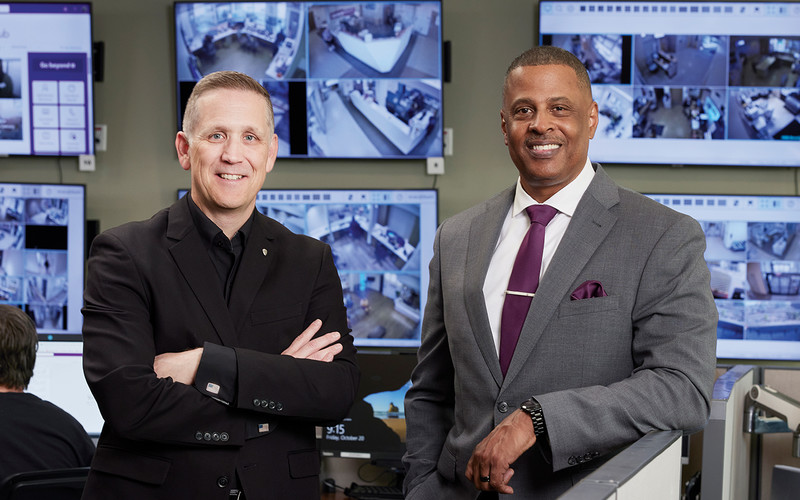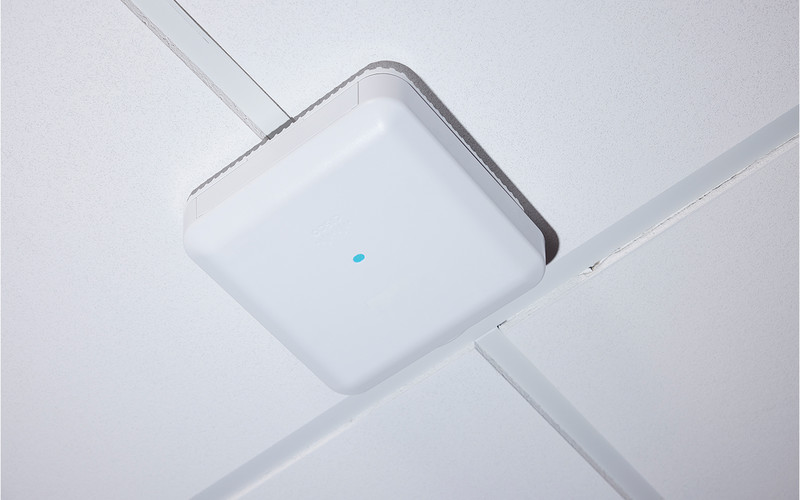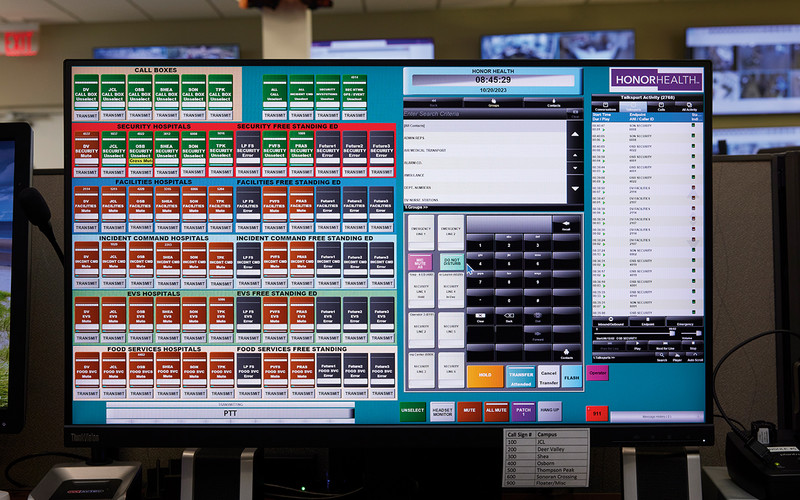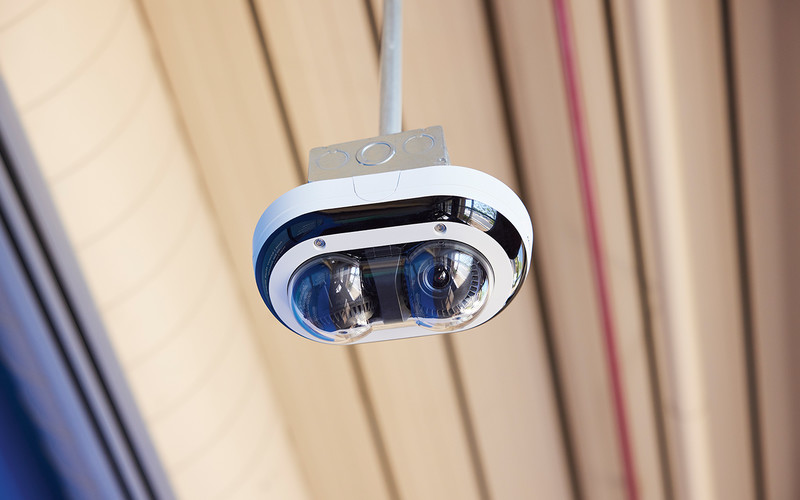For example, camera systems that integrate artificial intelligence software can help healthcare teams detect firearms and provide notifications when they spot weapons, Viner says.
“We're certainly looking at leveraging that sort of technology to identify when we have a threat,” he adds. Viner has 30 years of experience working in law enforcement.
AI systems can trigger alarms when a patient’s actions cause concern, says Mike Jude, research director for IDC’s video surveillance practice. “Recognizing violence can be as simple as flagging somebody who is moving inappropriately within an emergency room setting,” he says.
READ MORE: Why do physical security and cybersecurity work so well together?
HonorHealth Uses AI to Monitor Camera Footage
Before HonorHealth bolstered its physical security in 2018 by installing a video surveillance system, it relied on analog tapes.
Today, the health system has about 2,000 cameras. Every entrance, exit and common area has cameras, along with intermediate distribution frame closets, pharmacies and other sensitive areas around the hospital.
HonorHealth is now exploring AI assistance to sort through camera footage, according to Todd Larson, a consultant in workplace and public safety for the health system. “We need augmented help that can alert us on things so that we don’t have to spend time going through every one of these cameras or having to backtrack,” he says.
AI can spot irregular events, such as a visitor wearing a thick coat in 100-degree Arizona weather, Larson says. And while face recognition is a helpful tool, the ability to also recognize objects — such as an empty wheelchair in the middle of a hallway or an unattended wet floor— can also help prevent accidents.
“If that alert comes to our system, we can call security to put out a cone or put out a fan to dry that hallway,” Larson says. “Whatever that situation would be, we can remedy that fall before it happens.”





